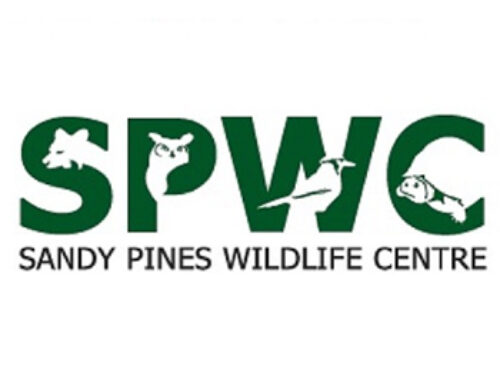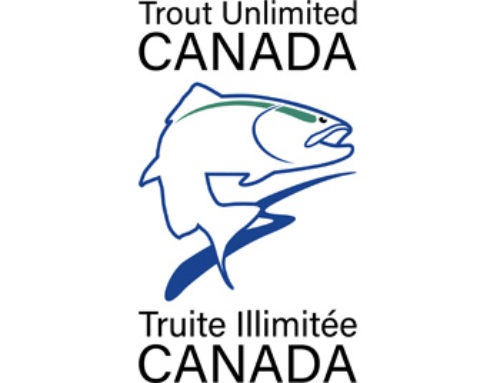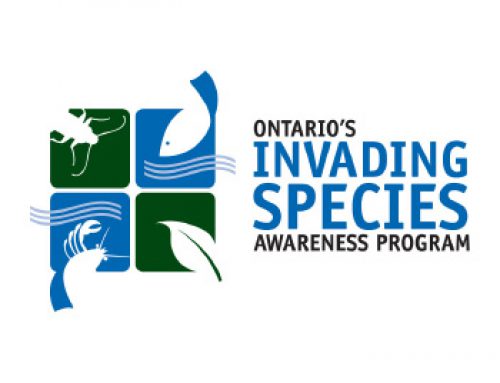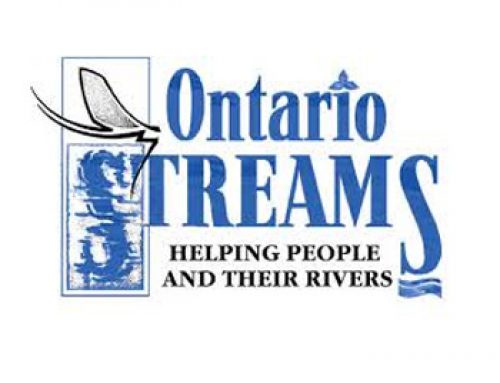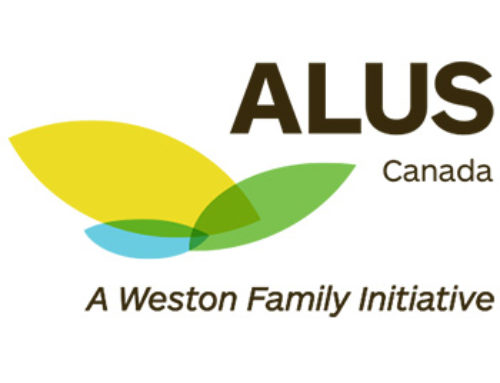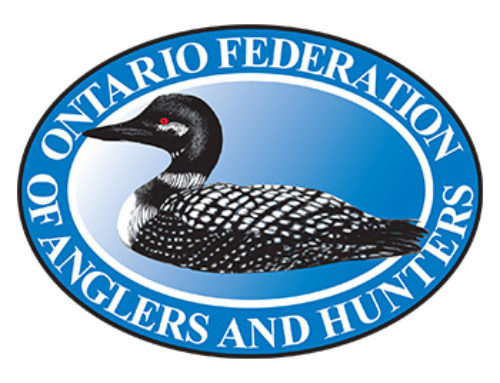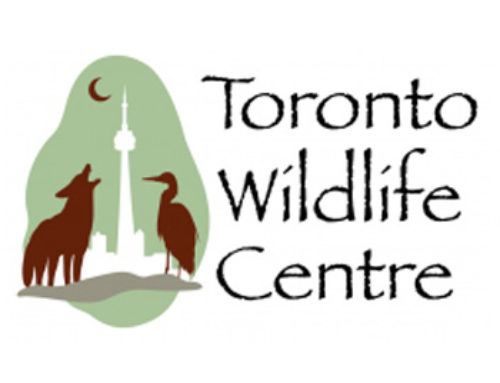
2021
Fleetwood Creek Sub Watershed
Project Objectives:
Protected conservation areas provide many services that benefit the environment and society. Invasive plants can have a large impact on these areas and threaten many of the benefits they provide. By out-competing native plants for moisture, nutrients and light, invasive plants impact species diversity. They can also significantly alter ecosystem functions in an area and, ultimately, the overall long-term resilience of an ecosystem. The focus of this project is the removal of several invasive species at two of KLT’s conservation properties: the McKimm-Garsonnin and the Dance Nature Sanctuary. The McKim-Garson in property and surrounding area is part of the Rice Lake Plains Natural Area Conservation Plan, which focuses on protecting tallgrass prairie and forest in the area. The property hosts the Ballyduff Trails, which wind through 240 acres of the property.
The Eastern Whip-poor-will, a provincially and federally listed species at risk (SARs), has been documented and observed on site. Habitat improvement by removal of invasive species is needed to restore the land for the Whip-poor-will habitat. The restoration of Eastern Whip-poor-will habitat requires removal of invasive species such as Dog-strangling vine (DSV) and Scots Pine. Their removal will clear spaces for planting moth host plant for Eastern Whip-poor-will foraging habitat and improve forest structure for nesting and breeding opportunities. Eastern Whip-poor-will surveys will be conducted after the work.
Dance Nature Sanctuary includes a portion of the provincially significant Moore Lake Wetland Complex and Lakefield Crevasse Fillings, an Earth Science Area of Natural and Scientific Interest. The fillings are part of the Lake Wisconsinan glacial deposit which also created the Dummer Moraine, immediately to the south. A wide variety of plants grow on this property and its wildlife habitat, including fields, forests, marshes and swamps, are home to many different animal species including some species at risk such as Least Bittern.
Some habitats within the property, in particular the forests and meadow, need aggressive removal of invasive species such as DSV and European Buckthorn. This will improve the diversity of native plants for pollinators and woodland structure.



